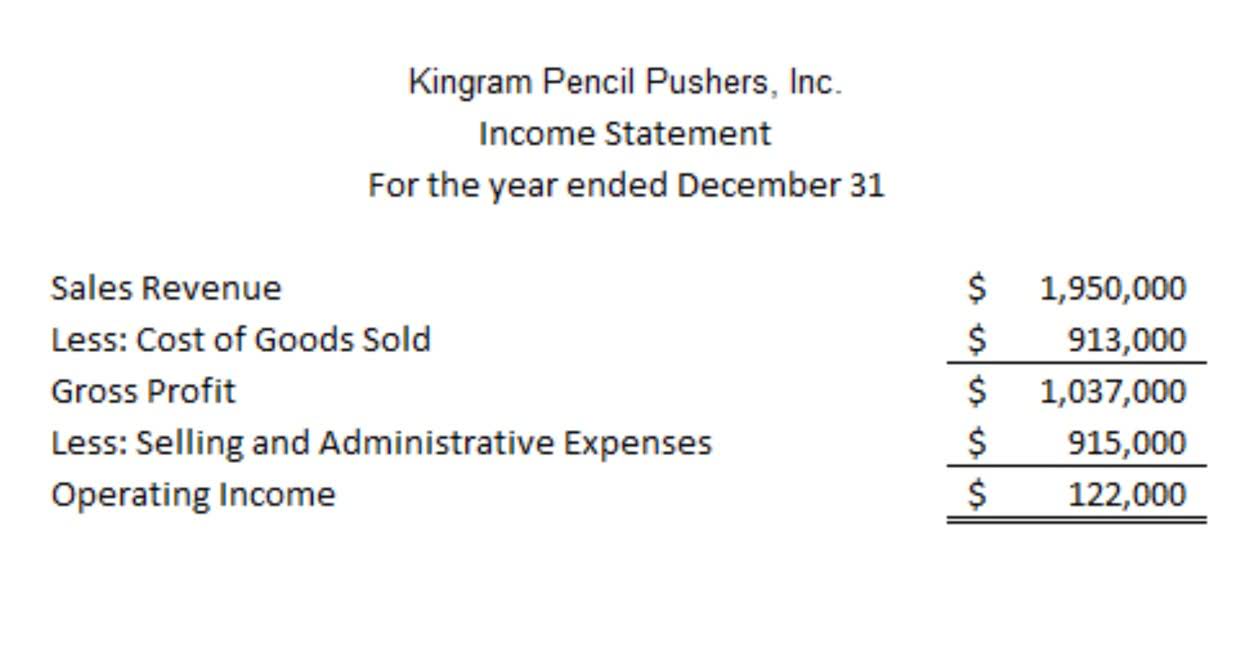
If the sum of all your credits and debits for a given account are the same (i.e. balance) then you’re good to go! If they don’t match, it’s time to start reviewing your entries to see if you’ve made one of the errors listed above. Reviewing your trial balance (via your accounting software) is one way to find different types of errors. Though not all errors will affect the trial balance, so it’s not a foolproof way to catch mistakes. Encouraging a team-oriented approach to error detection also contributes to a reduction in transposition errors.
The error will show itself as a mistake in data entry when you post a new recording. Though it’s a simple error, it can affect your accounting significantly and result in financial losses—not to mention plenty of time trying to find this tiny error. Errors can either be small mistakes that don’t affect the overall figures or ones that snowball into greater miscalculations and need more time and resources to identify and repair.

In the fast-paced world of accounting, it is not uncommon for professionals to handle multiple accounts simultaneously. Unfortunately, this multitasking can sometimes result in mixing up accounts, leading to yet another type of transposition error. For instance, imagine a bookkeeper mistakenly posting a payment received from a customer to the wrong account. This error can have severe consequences, as it distorts the financial position of both the original account and the incorrectly credited account. To prevent such errors, accountants should exercise caution, allocate sufficient time for each task, and implement a system of checks and balances. The role of auditors in the error correction process is multifaceted, extending beyond the mere identification of discrepancies.
This error occurs when a transaction is incorrectly recorded under an inappropriate account category, distorting the overall financial statements. For example, if a purchase of office supplies is mistakenly recorded as an expense rather than an asset, it can lead to an inaccurate representation of the company’s financial health. To avoid such errors, accountants should have a thorough understanding of the chart of accounts, exercise attention to detail, and cross-reference entries with supporting documents. This type of journal entry is called a “correcting entry.” Correcting entries adjust an accounting period’s retained earnings i.e. your profit minus expenses.
By reconciling accounts on a regular basis, errors can be identified and corrected promptly. For instance, https://www.bookstime.com/ if a company’s bank statement shows a different balance than its general ledger, it could indicate a transposition error. By reconciling the two balances and identifying the error, necessary adjustments can be made to rectify the discrepancy. Inventory management is another area where transposition errors can wreak havoc.

Compensating errors are other types transposition error of accounting errors where such errors are coincidentally equal and opposite to one another. This means that two or more errors have occurred and those errors canceled each other; thus the total debits and credits remain the same. For example, if your trial balance reveals a $900 discrepancy between debits and credits, this disparity is divisible by nine, indicating a potential transposition error. Conversely, if the difference is not divisible by nine, the error may stem from other sources, necessitating further investigation.

For example, if cash paid to a supplier of 2,140 was posted as 2,410 then the correcting entry of 270 would be. The accounting errors, then, can be divided into two main groups; the errors where the trial balance still balances and errors that cause the trial balance imbalance. Reconciliation errors are discrepancies between your books and your bank account statements. You can discover them during the process of reconciliation, when you match actual account balances with the balances on the books. An example of a principle error is buying a piece of equipment and miscategorizing the expense as a sale instead of a purchase. This can throw your books out of balance, compromise the accuracy of your financial statements, and, if not caught, affect your tax liability.
Say you recorded a client check for $560 in your accounting software, but the actual check amount is $650. Both the check and your bank statement will show $650, but your books show a $90 lower balance. When your debits and credits don’t match, you might have a transposition error on your Accounting Periods and Methods hands. Trial balance errors cause inaccuracies on your balance sheet and income statement.